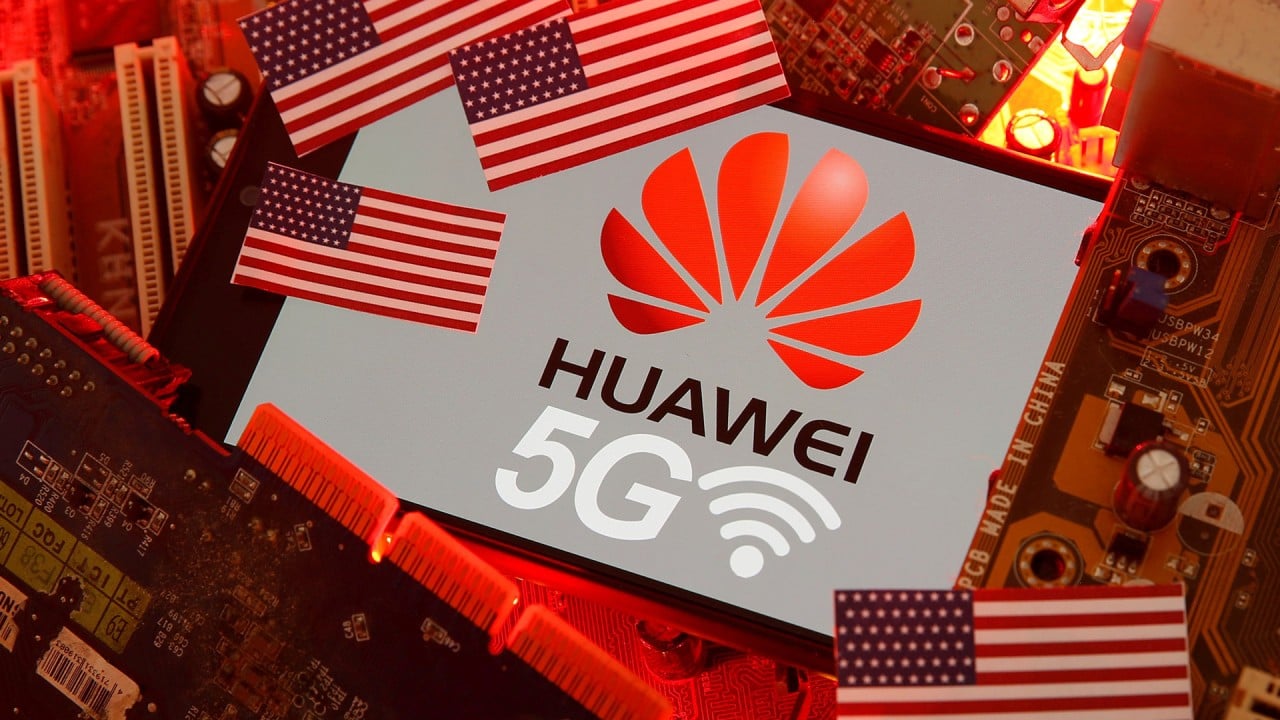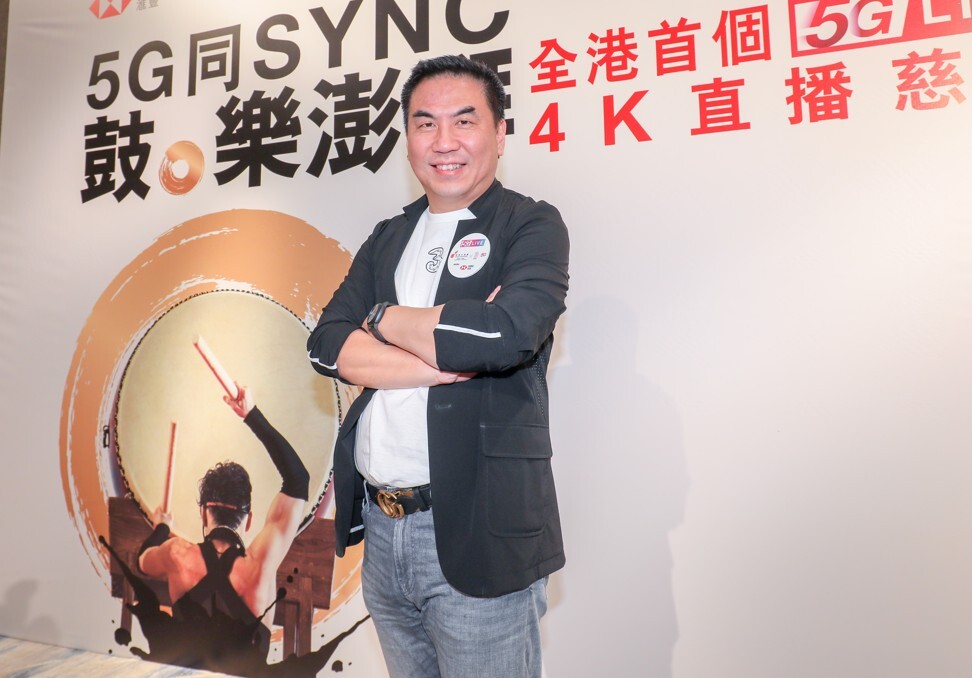
Inside China Tech: are the chips down for Huawei?
- The world’s largest telecommunications equipment vendor has stockpiled chips for its 5G base stations to last until the first half of next year
- Chinese chip foundry Semiconductor Manufacturing International Corp may become a major supplier for Huawei
Hello, This is Bien Perez from the South China Morning Post’s Technology desk, with a wrap of our leading stories this week.
Despite recent moves by China to achieve greater self-sufficiency in strategic areas of technology, semiconductor design and production remains a complex industry that requires decades of research and development to advance. Meanwhile, the US just turned up the heat.
“Huawei has no domestic substitutes for chip making in the short term,” said a Shanghai-based economist, who requested anonymity because of the sensitive nature of the topic. “It would take not only money, but require joint efforts of generations of engineers and scientists slogging away at basic scientific research to make progress in the semiconductor sector.”

05:22
Huawei founder on cybersecurity and maintaining key component supply chains under US sanctions
Eric Tseng, chief executive at Taiwan-based semiconductor research firm Isaiah Capital & Research, said there were signs that Huawei had stockpiled enough chips for its 5G base stations to last until the first half of 2021.
“Regarding high-end smartphone chips and 5G chips, domestic substitutes are unlikely to provide any meaningful help before the year 2023,” Tseng said.
Still, it is too soon to write China off.
While throwing money at China’s semiconductor problem is not a perfect solution, some experts say it could shift the dial. “Talent and people are crucial for this sector,” said Chai Jie, manager of Chengdu-based Ultra Pure Applied Materials, which is a supplier to TSMC. “One or two geniuses could make a breakthrough. That’s why state-led investment is significant for advancing this industry.”

Kuaishou chooses Chengdu for live-streaming headquarters
How Hong Kong’s smart mobility ambitions will be boosted by 5G roll-out
“We will … give full play to the advantages of technology, products and platforms to attract multichannel network institutions, well-known celebrities and brands to jointly build a good live broadcast e-commerce ecosystem,” said Yu Haibo, senior vice-president at Kuaishou.
Live streaming e-commerce continues to rise in China as a growing number of traditional merchants move their marketing campaigns online, following countrywide lockdowns and social distancing measures imposed during the Covid-19 pandemic.

Calling Hong Kong: Hutchison Telecom sees 5G ramping up
The stakes are high for governments and telecommunications network operators around the world to foster 5G adoption, as part of efforts to help revive a global economy damaged by the Covid-19 outbreak.
“We’ve aimed to deliver full coverage in Hong Kong within this year. This remains our objective, as we push forward with the first phase of our roll-out,” Koo said. He added that 3 Hong Kong is “still trying to educate the market about this superfast service, which is more than 10 times faster than 4G”.
3 Hong Kong has drawn up a range of 5G-enabled enterprise services, including live-streaming with 4K digital resolution, to businesses – especially those applying for funds through the “Subsidy Scheme for Encouraging Early Deployment of 5G”, which was introduced in May by the Office of the Communications Authority (Ofca).
“We expect the government subsidy scheme to help accelerate adoption of 5G in Hong Kong,” Koo said. The company is already working with the Hong Kong Chinese Orchestra, which has applied to the programme.
The scheme will subsidise 50 per cent of an approved 5G project’s total cost, subject to a cap of HK$500,000 (US$65,000), according to Ofca, which plans to subsidise around 100 projects. As of June 14, three applications have been approved out of 81 submissions received by the regulator.
And that’s all for this week. Until next time.

